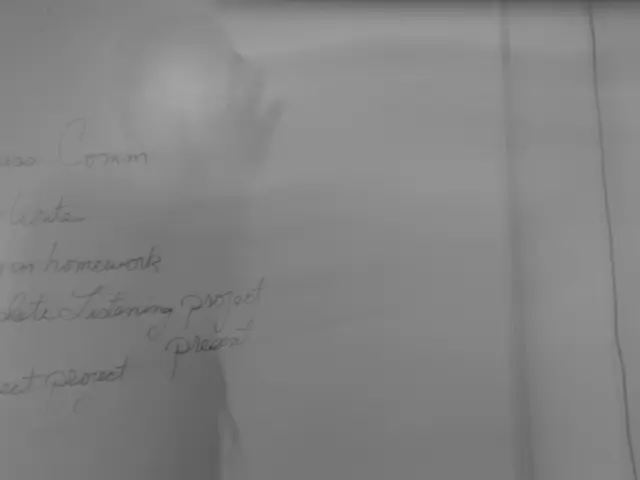Mortgage Refinancing Explained: Understanding the Process and Its Implications
Refinancing your mortgage can be a powerful financial tool, offering homeowners the opportunity to lower their monthly payments, tap into their home equity, or consolidate debt. In this article, we will explore the various types of mortgage refinance, their potential benefits, and drawbacks.
Rate-and-Term Refinance
A rate-and-term refinance is a common choice for homeowners looking to lower their interest rate, change their loan term, or both. By refinancing, you can reduce your monthly payments or shorten your loan duration, saving interest costs over time. However, closing costs apply, and if shortening your loan term, your monthly payments may increase.
Cash-Out Refinance
Cash-out refinances allow you to replace your mortgage with a larger loan, enabling you to receive cash from your home equity. This can provide funds for home improvements, debt consolidation, or other needs. However, cash-out refinances increase your mortgage debt and monthly payments, and eligibility and rates vary by loan type (conventional, FHA, VA).
Streamlined Refinance
Streamlined refinances are designed to simplify the process for borrowers, eliminating some refinance requirements such as a credit check or appraisal. This type of refinance is available for FHA, VA, USDA, and Fannie Mae and Freddie Mac loans. It requires a financial benefit (lower payment or rate) and is faster and cheaper than traditional refinances, but it is limited to specific government-backed loans and borrower eligibility.
Renovation Refinance (FHA 203(k))
Similar to cash-out refinances, renovation refinances allow you to finance home repairs or improvements with one loan. This can be beneficial, as the lender pays contractors directly, but the process is more complex, and loan terms might be less favorable compared to standard refinancing.
Cash-In Refinance
A cash-in refinance involves making a lump sum payment to reduce your loan balance, lowering your loan-to-value (LTV) ratio. This can help you qualify for a lower interest rate and reduced monthly payments, as well as decrease your overall debt. However, it requires upfront cash payment, which may not be feasible for all borrowers.
No-Closing-Cost Refinance
No-closing-cost refinances allow you to avoid paying closing costs upfront by either rolling them into the loan or compensating them with a higher interest rate instead. While this can be beneficial for avoiding upfront out-of-pocket expenses, it results in higher monthly payments and interest over time due to the increased loan balance or rate.
Short Refinance
Short refinances are designed for homeowners at risk of foreclosure. In a short refinance, the lender agrees to reduce the loan balance, which can help the homeowner avoid foreclosure and reduce their debt burden. However, it is difficult to qualify for a short refinance, and it may affect your credit.
Reverse Mortgage
Reverse mortgages are designed for homeowners aged 62 or older, allowing them to convert their home equity into cash or monthly payments without selling the home. This can provide retirement income, fund medical bills, or be used for any other goal. However, reverse mortgages reduce home equity, fees and interest accrue, and may affect inheritance.
In conclusion, each refinance type serves distinct homeowner needs, from reducing payments to accessing equity. Choosing the right one depends on your financial goals, loan type, credit situation, and eligibility. When considering refinancing, it's important to shop multiple mortgage lenders, calculate the break-even point of all refinancing expenses, and determine if the savings will be recouped and benefited from.
[1] [Source 1] [2] [Source 2] [3] [Source 3] [4] [Source 4] [5] [Source 5]
- For those seeking funds for personal expenses such as student loans, home improvements, or debt consolidation, a cash-out refinance could be a viable option, allowing homeowners to tap into their home equity and receive cash.
- In the realm of personal finance, remember that refinancing mortgage offers the opportunity to improve financial standing through strategies like lowering monthly payments, reducing interest costs, or consolidating debt; however, careful consideration of various refinance types, eligibility criteria, and potential drawbacks is essential to ensure a beneficial outcome.




